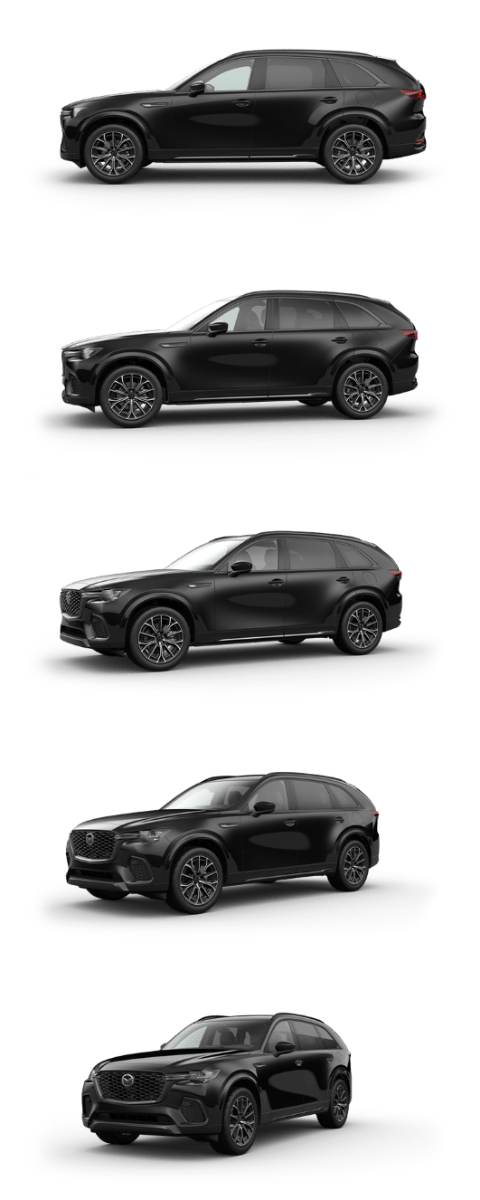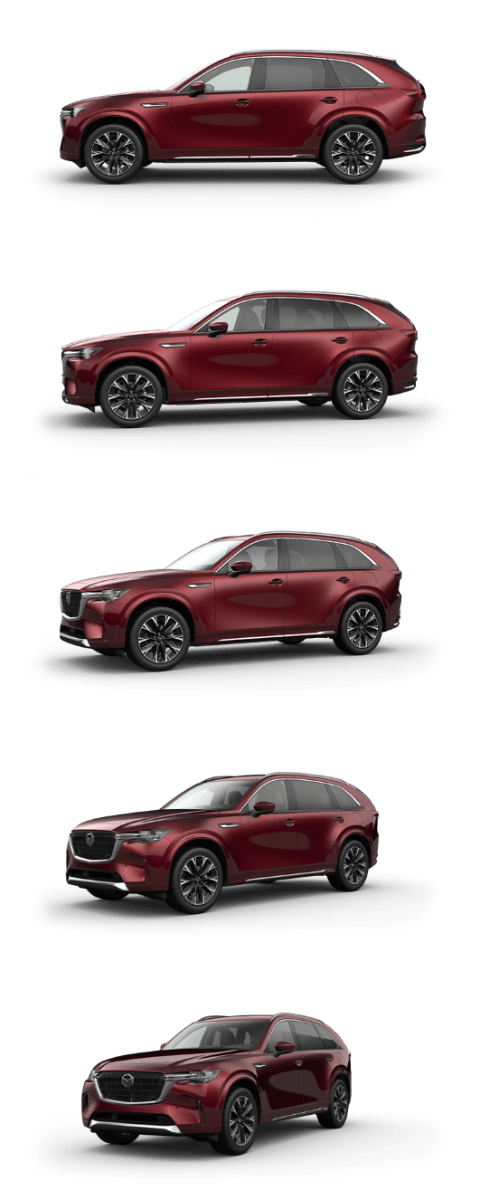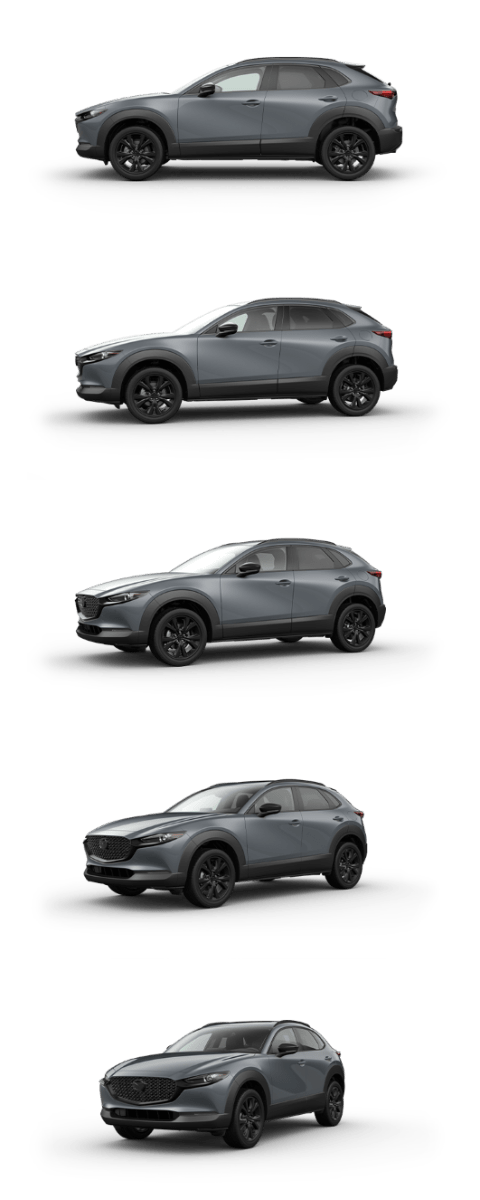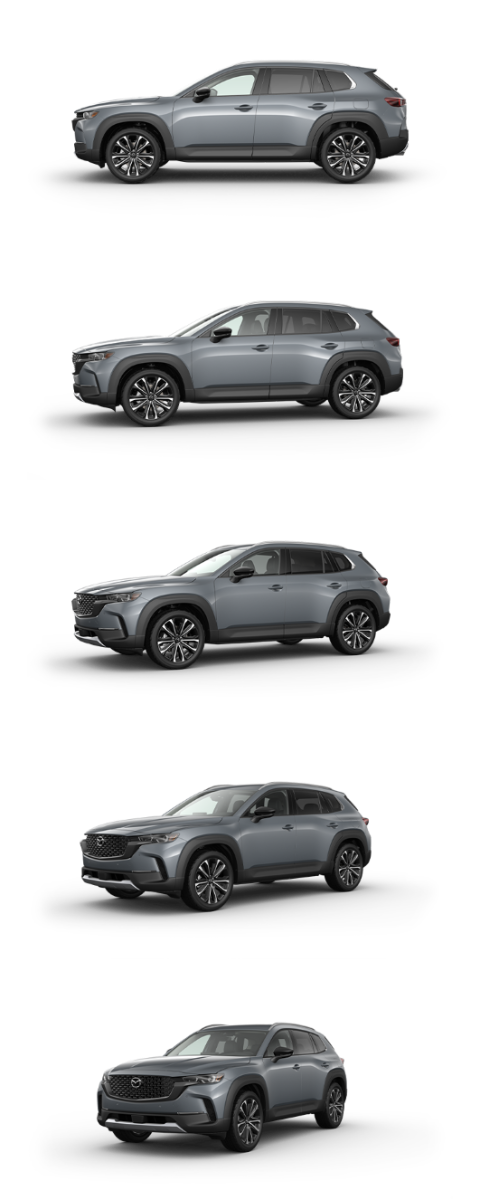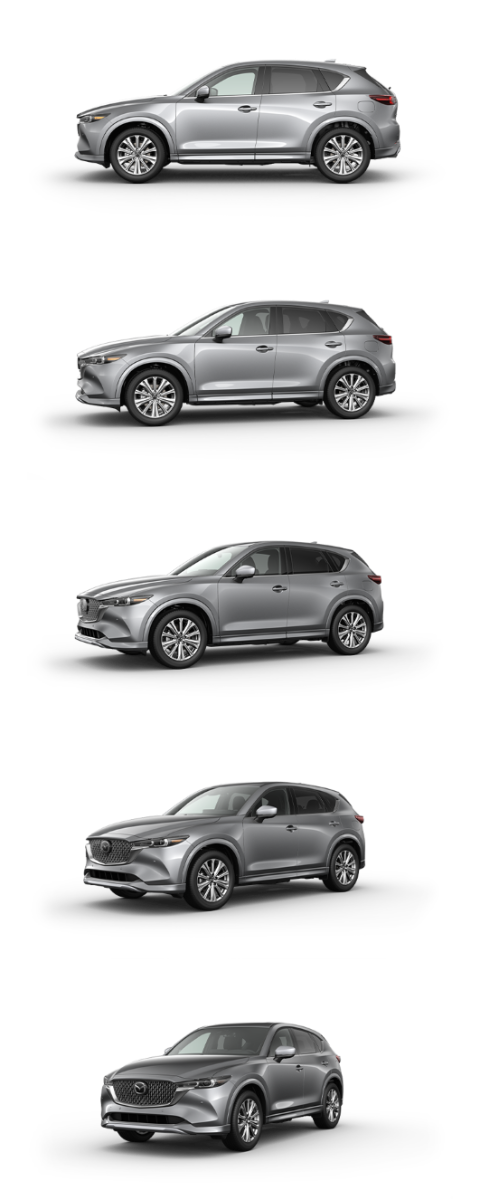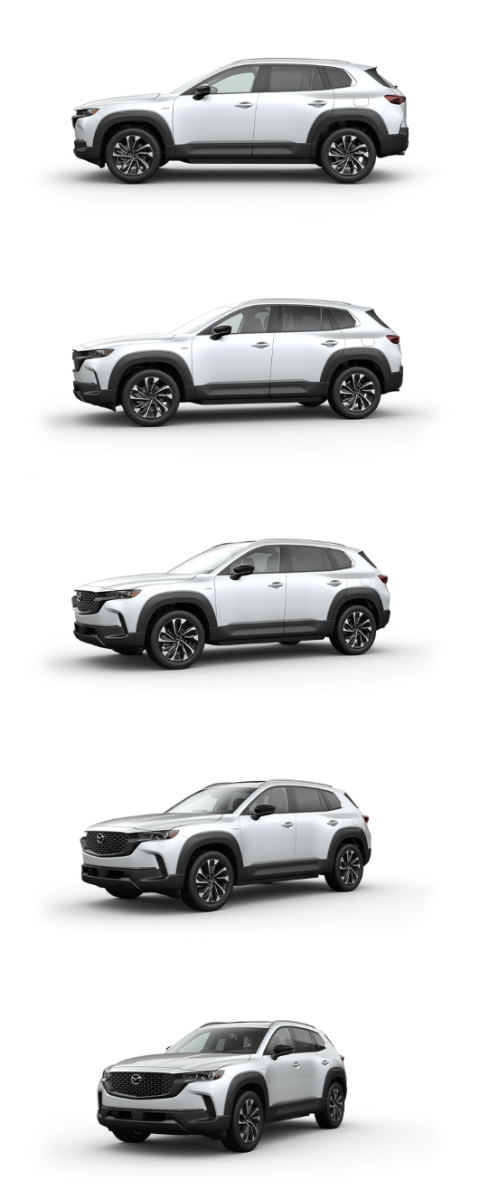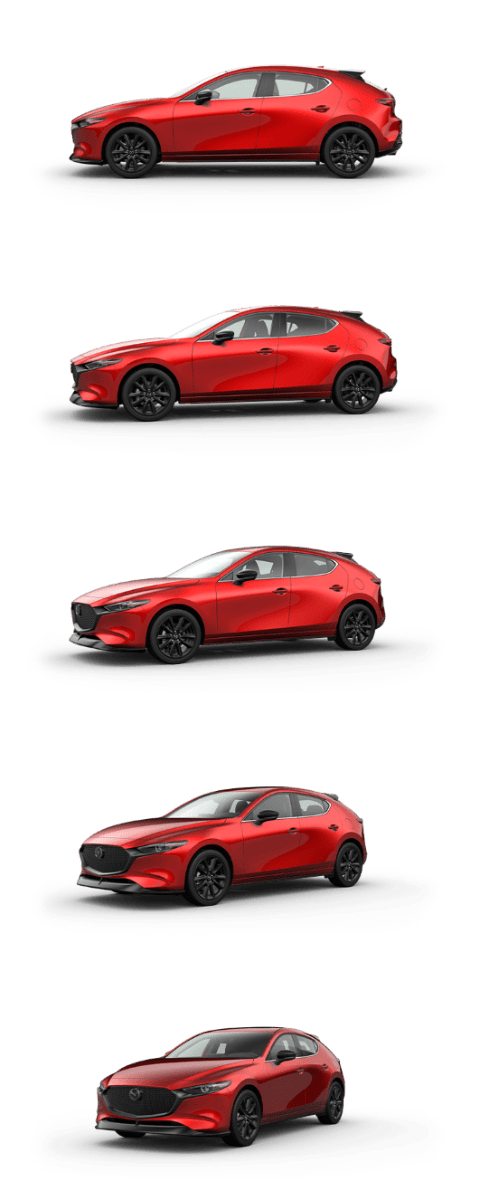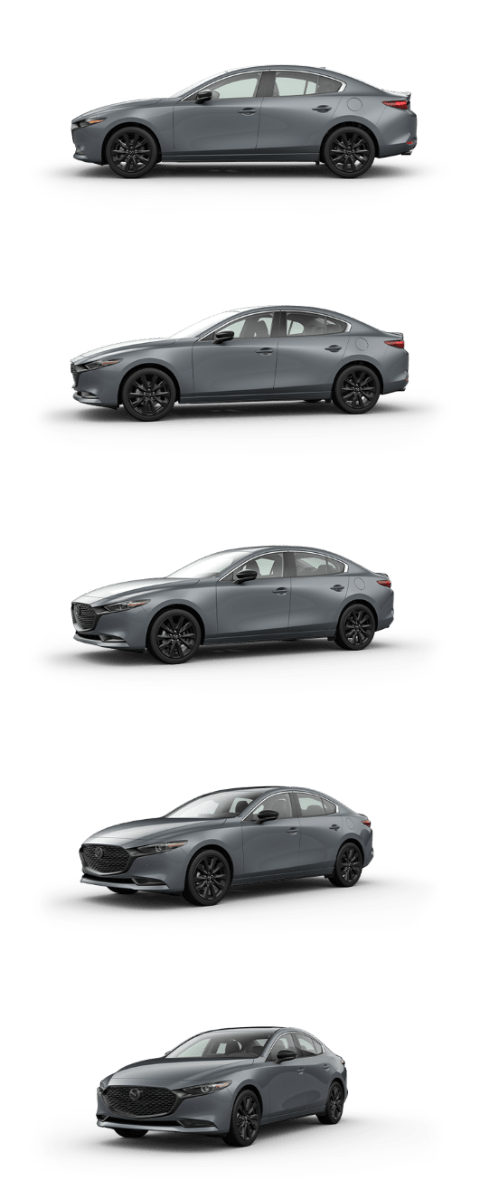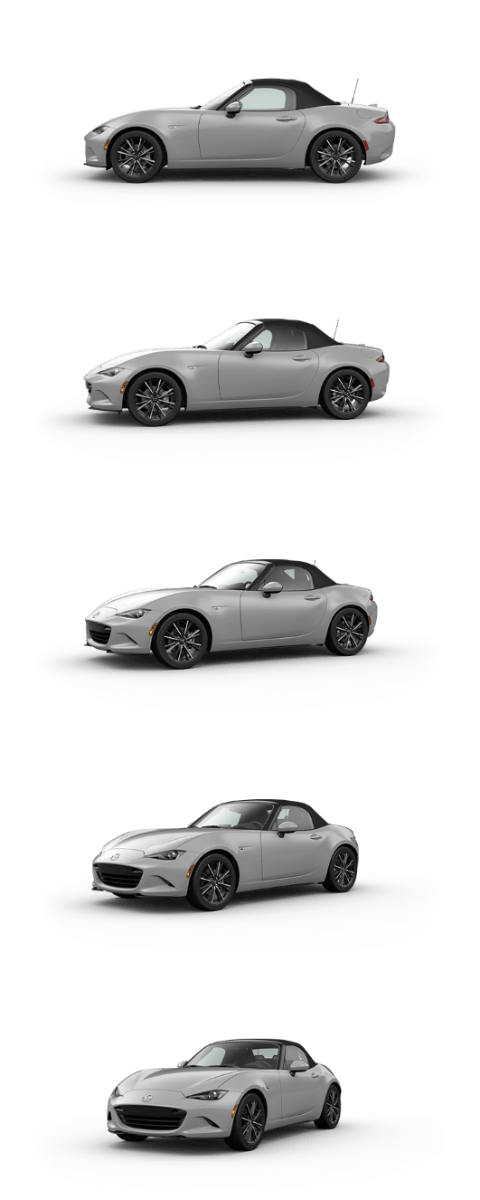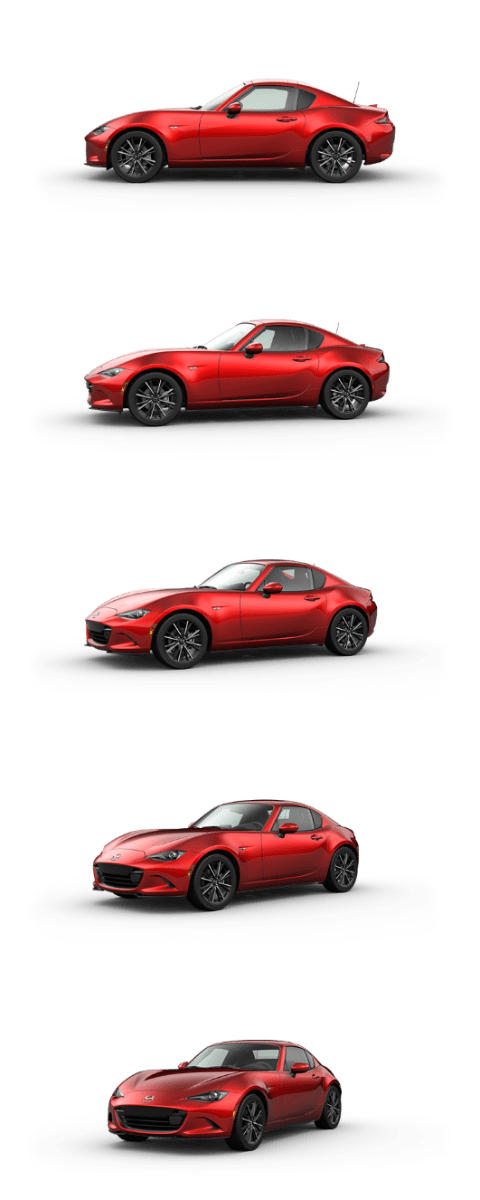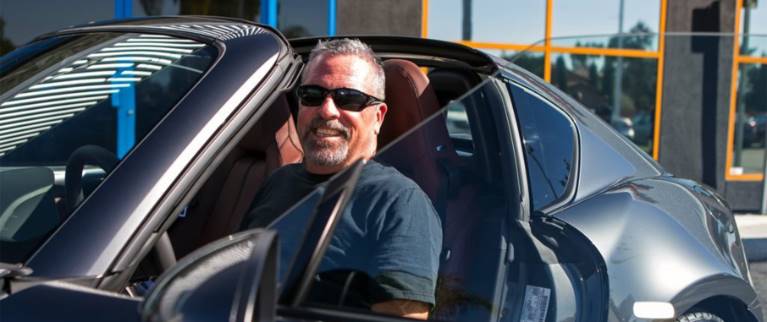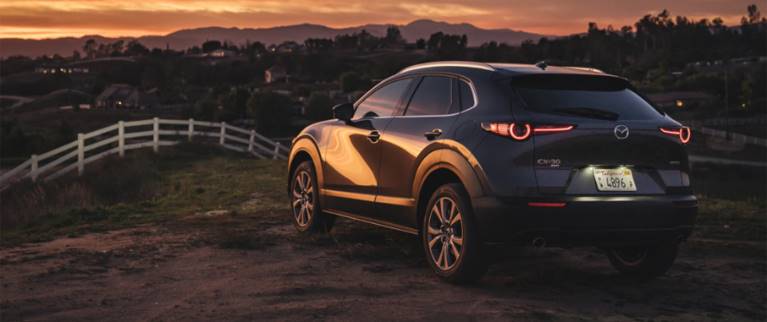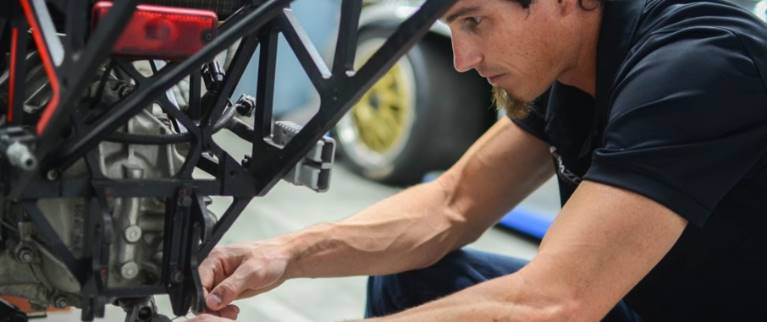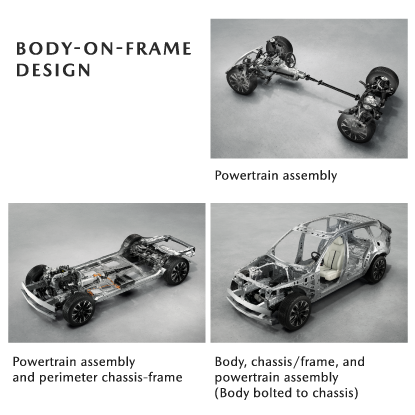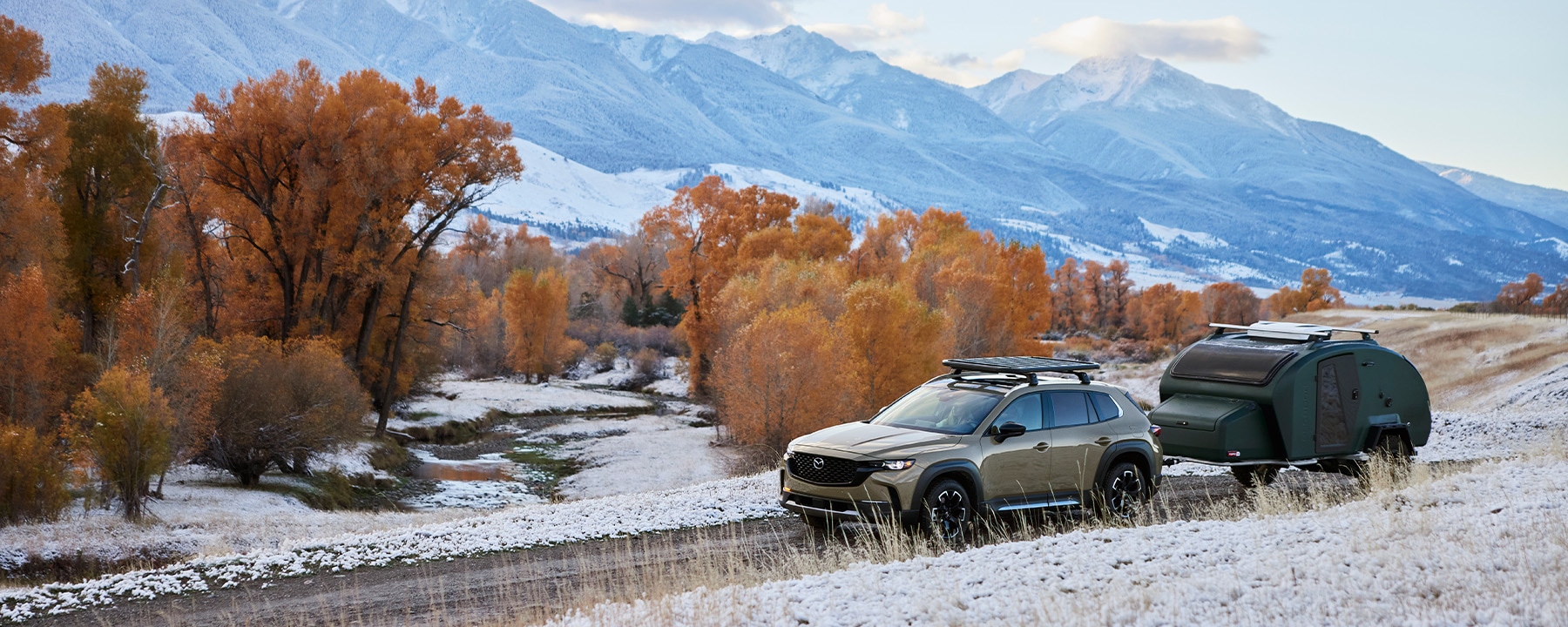Crossover vs. SUV: Key Differences Worth Knowing
CUVs prioritize everyday drivability and fuel efficiency, while body-on-frame SUVs emphasize rugged off-road capabilities.

Although they may appear similar at first glance and are often used interchangeably, crossover SUVs and traditional SUVs do have key differences between them.
Let’s take a closer look at exactly what these differences mean in everyday situations so that you can decide whether a crossover or traditional SUV best fits your lifestyle and needs.
What is an SUV?
True SUVs are composed of a body and a frame, similar to trucks. This makes them rugged and typically a good vehicle option for towing, but these benefits come at the expense of a heavier vehicle. The increased weight of body-on-frame SUVs results in lower fuel efficiency and sometimes less agile handling capabilities. We’ve covered what makes an SUV an SUV in a separate article, so click the link below for more information.
What is a crossover (CUV)?
Crossover Utility Vehicles (also known as CUVs, or simply “crossovers”) combine the higher driving position and interior space of traditional SUVs with the comfort, handling, and fuel economy of smaller cars like sedans. This is thanks to their unibody construction, which offers everyday practicality.
Note: Most modern “SUVs” on the market (including Mazda vehicles) are really CUVs. This is because of the combination of utility, comfort, and fuel efficiency benefits of the crossover platform.
Learn more about CUVs in our in-depth guide here.
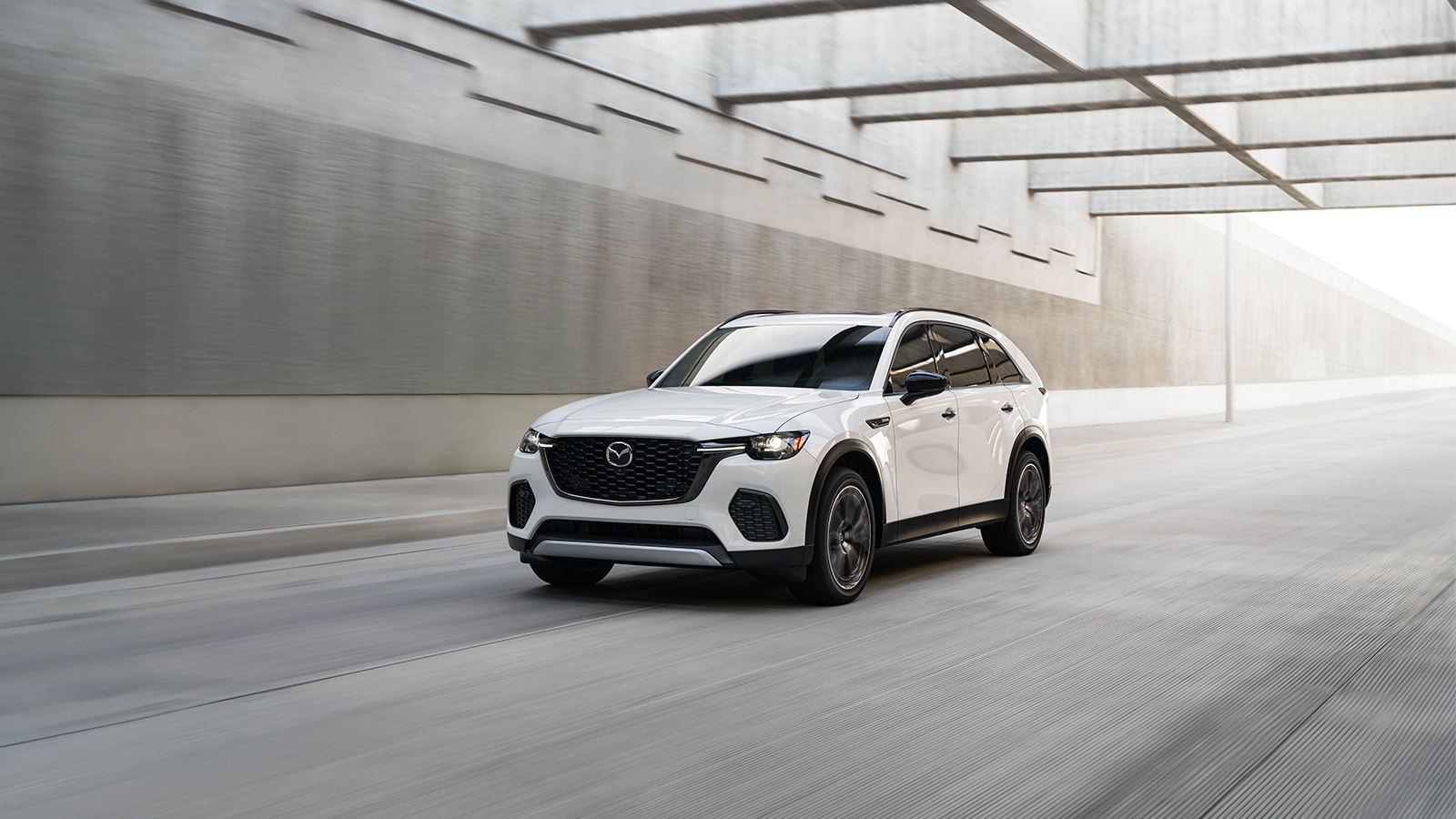
Unibody vs. body-on-frame construction
As alluded to above, the biggest differentiator between CUVs and SUVs is how their platform is constructed.
Traditional SUVs are constructed using the body-on-frame method, which mounts the body structure of the vehicle onto a load-bearing frame (the chassis). The body-on-frame method has been used since automobiles were first manufactured and lends itself to more off-roading durability and a solid foundation for towing attachments such as winches, recovery equipment, and emergency lighting. Namely, the rigid, steel ladder frame in body-on-frame vehicles is especially suited to withstand being bent or twisted, which is ideal when you’re driving on extremely rough, uneven terrain and/or pulling heavy loads.
These differences in structure generally translate to some of the differences in capabilities outlined below, but not always. For example, some crossovers still share some of the rugged performance capabilities of traditional SUVs, even with unibody construction. Take the Mazda CX-50, a crossover SUV with off-road and available towing modes that feature Mazda's signature i-ACTIV All-Wheel Drive ® standard.
Keeping these differences in mind, along with the fact that they can’t be applied across every vehicle in question, it’s best to research the vehicle specifications and capabilities of specific models when looking for your next vehicle.
Similarities between traditional SUVs and crossover SUVs
Before we go further into the differences between traditional SUVs and crossovers, it’s worth mentioning what they still have in common — that’s why they are often discussed in the same breath. When it comes to physical size, both crossovers and SUVs tend to have more generous ground clearance compared to sedans, which helps their drivers navigate uneven or unplowed surfaces. This higher body and seating position also gives drivers the feeling of having better visibility on the road.
Differences between a crossover and an SUV, at a glance.
| ASPECT | CROSSOVER (CUV) | TRADITIONAL SUV |
| DESCRIPTION | Car-based SUVs that blend comfort, efficiency, and versatility | Truck-based SUVs that are built for durability, towing, and rugged use |
| PLATAFORMA | Monocasco | Body-on-frame |
| TAMAÑO | Typically, midsize or compact | Typically, larger and heavier |
| PROS | Smoother ride, better fuel economy, easier handling, modern styling | Higher towing capacity, (sometimes) better off-road performance, rugged durability |
| CONS | Less suited for extreme terrain or heavy towing | Harsher ride, lower fuel efficiency, bulkier for city driving |
| OFF-ROADING | Can do light off-roading, but most aren’t built for rough trails — however, the Mazda CX-50 CUV is designed to handle nearly any terrain or weather condition | Designed for serious off-roading with features like skid plates |
| BEST SUITED FOR | Drivers looking for a versatile daily vehicle with SUV style and car-like comfort | Drivers who need high durability for off-road adventures, heavy towing, or rough terrain |
Towing in crossover vs. SUVs
Off-roading in crossovers vs. SUVs
Most traditional SUVs come equipped with 4-wheel drive (4WD) systems, which enhance off-road trekking with the ability to lock the front and back axles so that all four wheels receive the same amount of power to propel the vehicle forward. The majority of 4WD systems also offer low-range reduction gears to multiply engine power delivered to the wheels for steep inclines (especially while towing) and traction in heavy mud, deep sand, or large rocks.
In contrast, crossovers tend to feature all-wheel drive (AWD) systems. Full-time AWD sends a calculated amount of power to each wheel depending on the amount of grip it senses per axle. Part-time AWD dedicates all torque to either the front or rear axle at a time, apportioning some or all power to the other axle when slippage occurs. AWD systems work automatically, and while they don’t quite match the off-roading power of 4WD, they still provide enhanced stability and traction on slippery roads. An increasing number of models can also handle moderate off-roading conditions.
Conocer más about AWD vs. 4WD y AWD SUVs.
Do crossovers have more size options than SUVs?
Like traditional SUVs, crossover vehicles come in subcompact, compact, midsize, and full-size variations. As of this writing, there are typically more options in crossover SUVs than in traditional SUVs, but there is no crossover-size equivalent to the largest American SUVs.
Which are more expensive, SUVs or crossovers?
The sticker price of traditional SUVs is generally more expensive than CUVs because the body-on-frame method of construction is more costly and most have (or offer) robust 4WD systems. Traditional SUVs also typically have higher fuel consumption than similarly sized CUVs or Crossover SUVs because of their heavier frame and work capacity. However, pricing varies widely depending on the specific model, trim level, and brand you choose. With a range of SUV and CUV options available in the market, plus different size options to choose from, customers can find both SUVs and crossovers within their desired price range.
Are there electrified SUVs and CUVs?
Explore Mazda Crossover SUVs
Whether you opt for an adventurous SUV or a versatile crossover, the Mazda lineup of crossover SUVs offers a variety of choices with distinct features that help it stand out from the crowd.
Wherever the roads take you, there’s a Mazda crossover SUV that can suit your budget and lifestyle. Shop Mazda crossover SUVs online or visit a Mazda Dealer near you hoy mismo.
Related Resources by Mazda
Interested in learning more about crossovers and SUVs? Browse our other helpful articles below:
• What Is a CUV?
• What Is an SUV?
• Are There Off-Road Crossovers?
• Do You Need an AWD SUV?
• Minivans vs. SUVs
• How to Choose the Best SUV for Your Family

